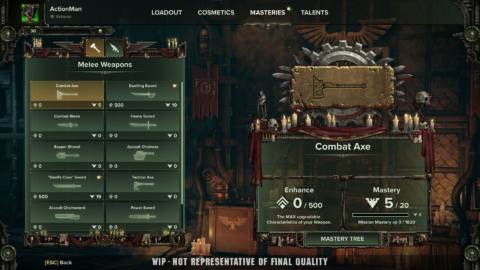'Buy cheap, buy twice' is a common maxim in the tech industry. The idea being that while the idea of saving a little money may be a short-term gain, you'll eventually become dissatisfied with the product, or it'll simply break, and you'll end up buying another one and spending more money than you would have if you'd just forked out for the better quality thing in the first place. There are, however, some products that manage to be both cheap and of good quality, though they can be few and far between and often include a little corner-cutting along the way.
Which brings us neatly to the Xiaomi G27i, an extremely cheap IPS monitor. It definitely lacks sex appeal in its specs—for a 27-inch monitor we'd usually be expecting a 1440p resolution, and the Xiaomi is defiantly stuck in 2015 at 1080p. But it does sport a 165Hz refresh rate and, at just $140, would make an excellent budget choice if you're into pushing lower resolutions at many frames per second. And chances are that if it's at this price already, future sales are going to drop down mighty close to that $100 point.
To get to this price point there have had to be sacrifices, and the G27i comes without speakers (but you never used the built-in speakers on your monitor anyway) and a sparse selection of inputs—just a single HDMI 2.0 and a lone DisplayPort.
There's a 3.5mm audio jack to pipe the sound to your headphones or desktop speakers, and a connection to the external power brick, which on my review model came with a US-style two-pin plug despite the fact I reside in a country with a superior style of power socket. International buyers might like to look out for this, and prepare to purchase an adapter.
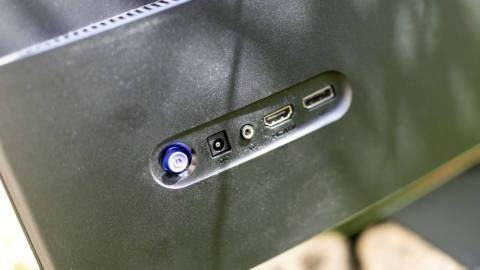
Screen size: 27in
Screen type: IPS, 165Hz
Resolution: 1920×1080
Colour gamut (stated): 99% sRGB
Inputs: 1x DisplayPort, 1x HDMI 2.0, 3.5mm audio
HDR: HDR10
Webcam: no
Features: Freesync Premium
Adjustments: -5° / +15°
Dimensions: 612x170x451mm
Weight: 3.6kg
Price: $140 | £140
The inputs are also at 90° to the plane of the monitor, meaning the plugs stick out when they're inserted rather than being flush to the back. This means you may encounter an annoying gap when trying to place it against a wall. The stand that comes with the screen is also somewhat basic, requiring two screws to assemble (though there's a screwdriver in the box) and lacking any vertical adjustability.
Even the tilt is limited, and once you've got it properly situated in your eyeline using a stack of PC Gamer back issues, you won't want to move it around too much. Fans of adjustable arms attached to a VESA mount will be able to attach it to four screw holes bored through the plastic casing, but there's no moulded recess for the connection plate to slot into. It's what you might call basic.
Despite all this moaning, it's important to remember that you've only paid the equivalent of a three-pint lunch in a London gastropub for this screen, and its performance is really not bad at all. Under the baleful eye of a colorimeter it gave us 99% of the sRGB colour gamut, and 80% of the more specialised Adobe RGB and P3 colour ranges. That's better than some laptops, and while its (tested) maximum brightness output score of 275 nits (Windows 11 claims a 400-nit peak in its Advanced Display panel) is lower than many other screens, it's perfectly good enough unless you're intending to use it in direct sunlight.
Any screen is an outdoor screen if you're brave enough, but the natural habitat of a monitor like this is more likely to be on a desk than in the middle of a field. Unless your desk is in the middle of a field, of course.
An extra little bit of brightness is always good if you're going to be displaying an HDR picture, and while the G27i supports HDR10 it's off by default and you'll need to delve into the menu to enable it. You will lose the ability to adjust other picture settings once HDR mode is switched on, meaning the brightness is out of your hands.
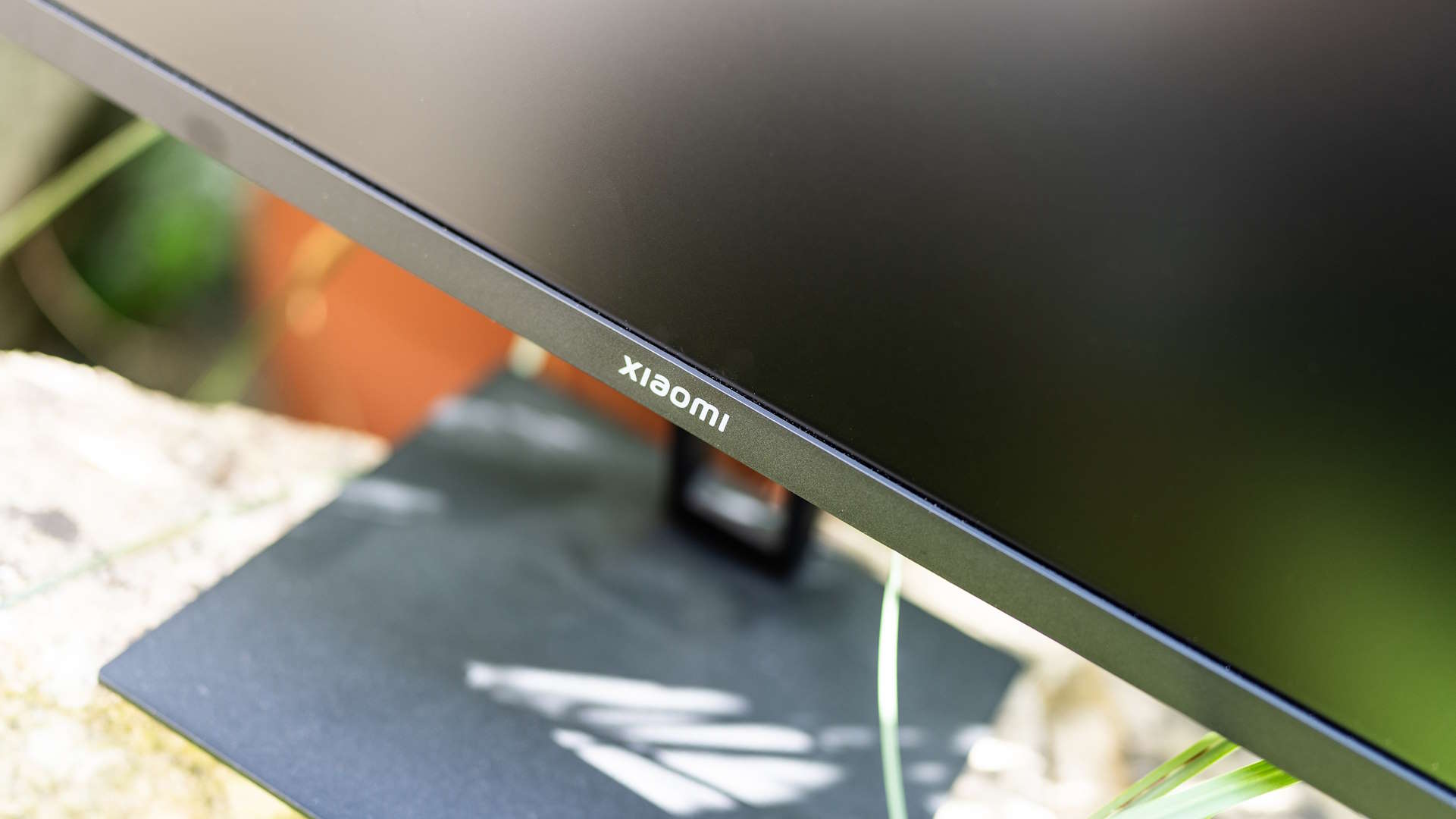
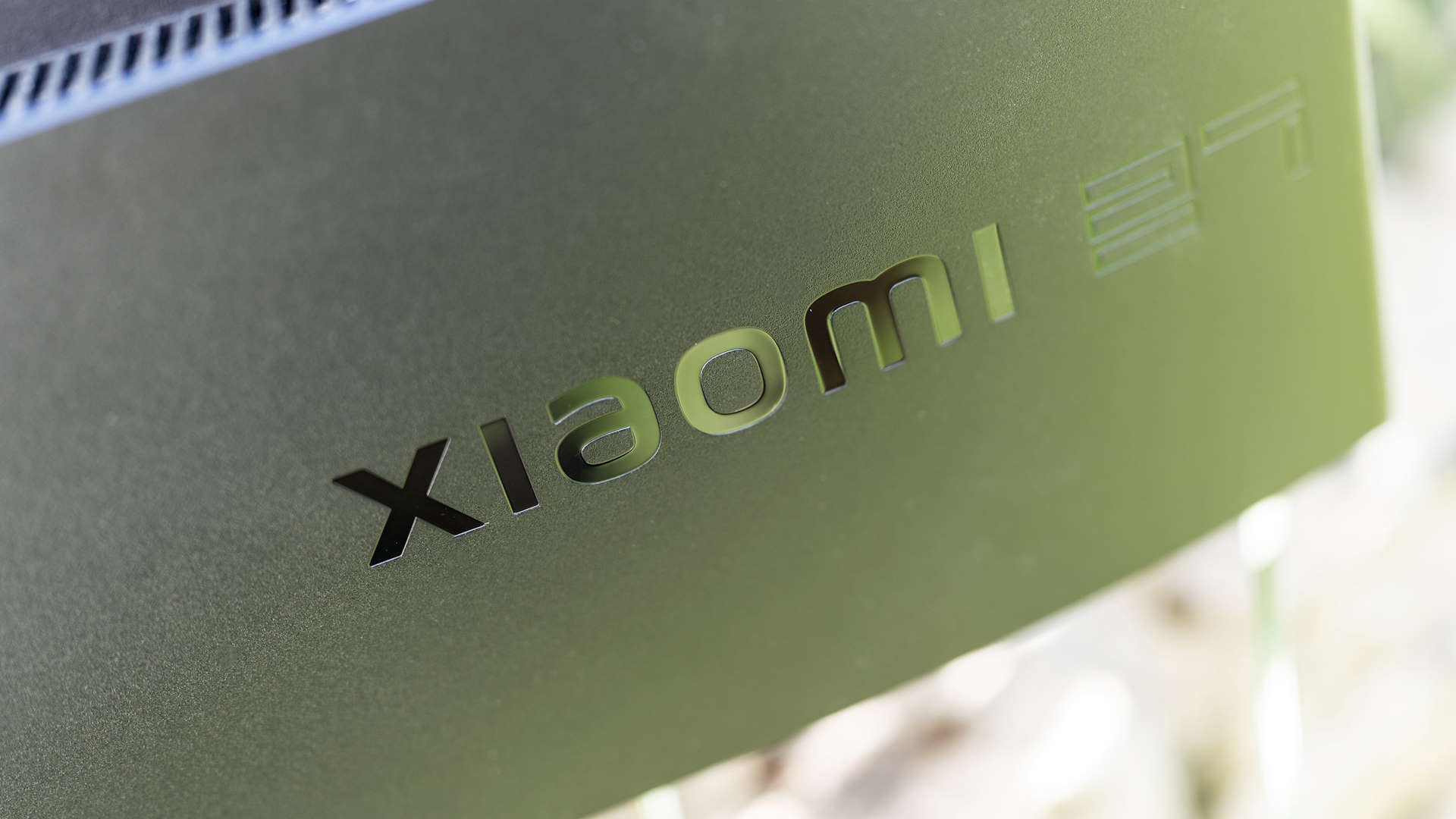
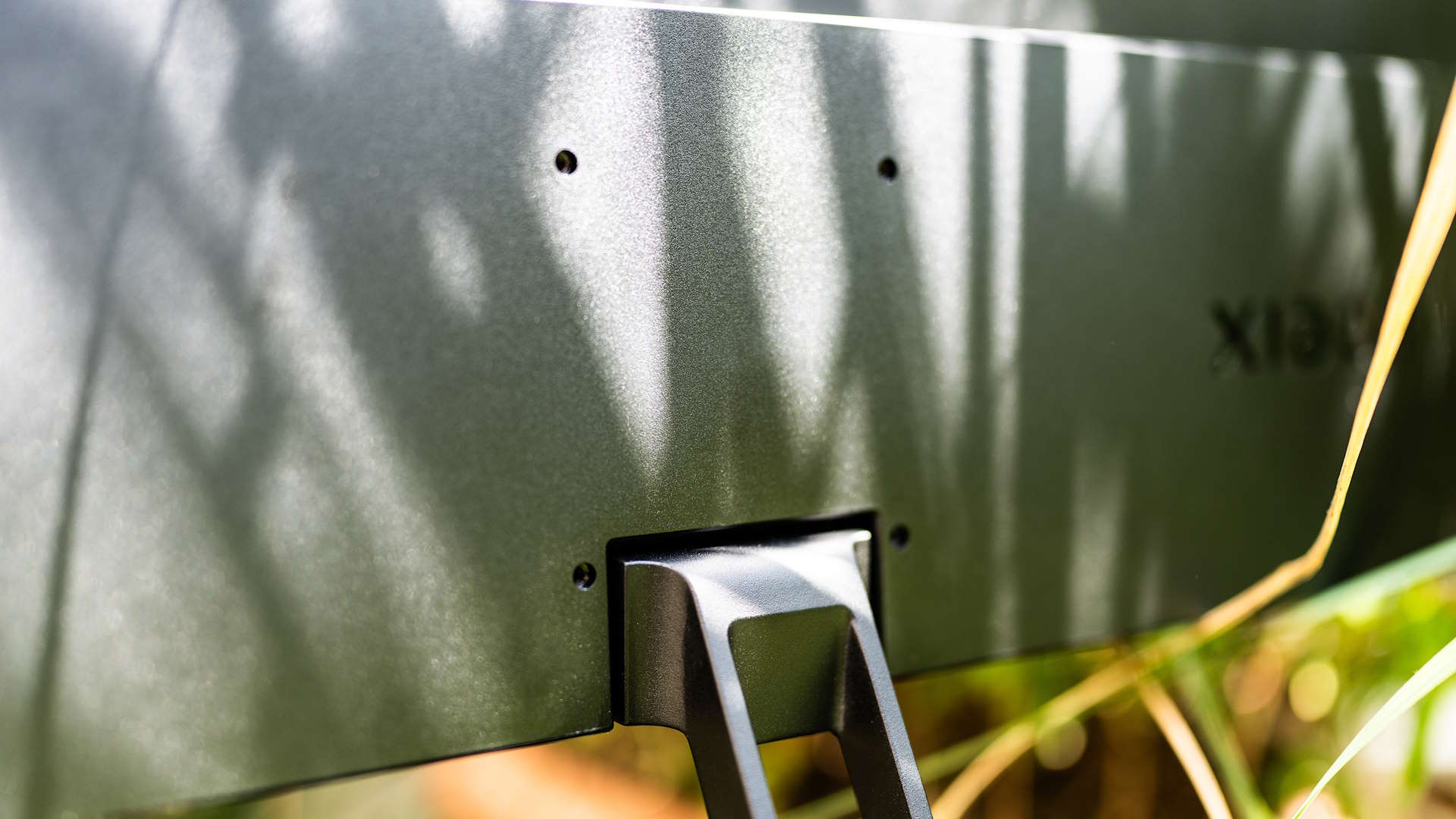
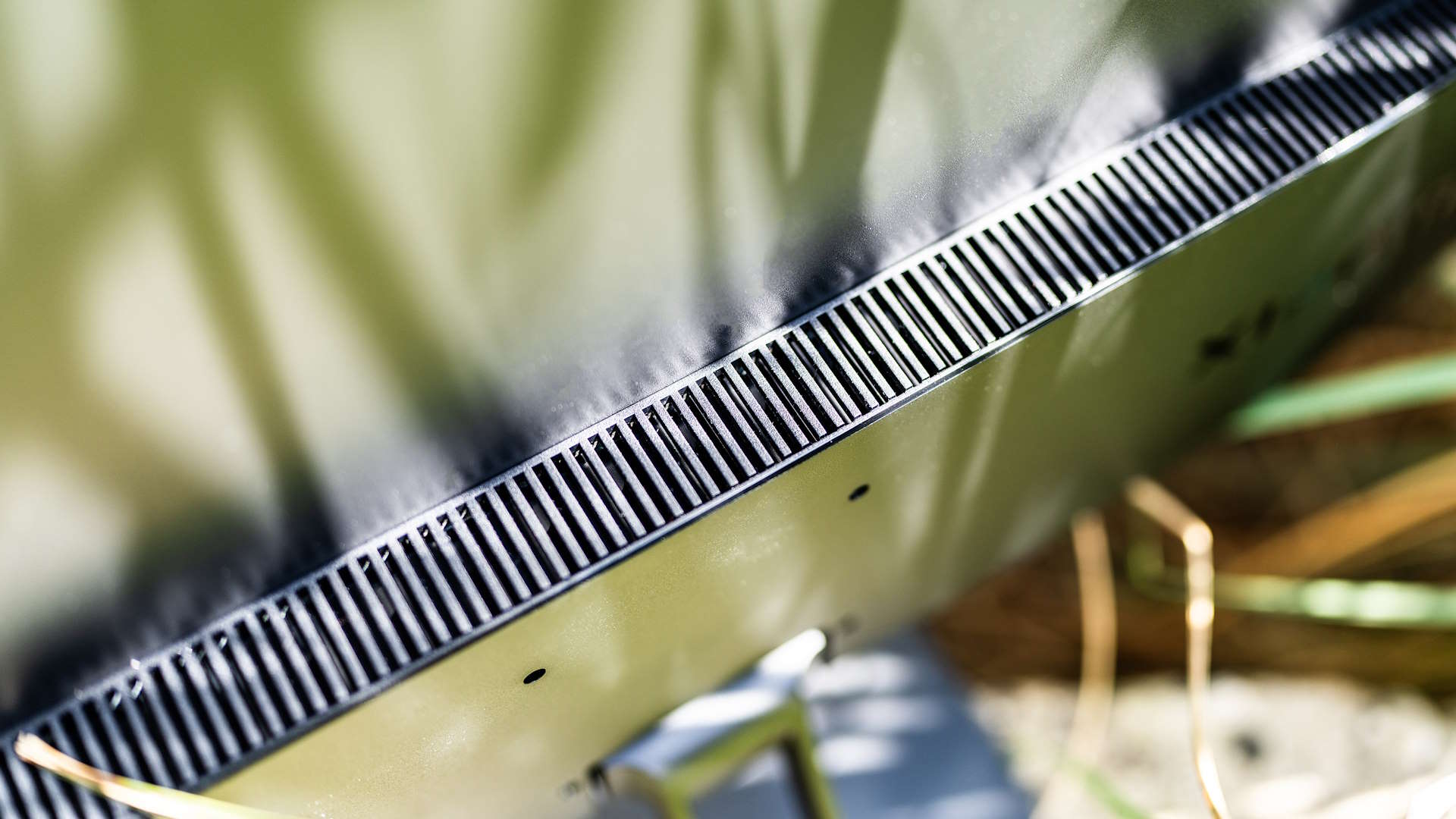


✅ Your screen is not your priority: If you don't want to spend too much on a screen, and would rather spend the cash elsewhere, the Xiaomi is a great budget 1080p option.
❌ You want quality of life features: You're not going to get lots of inputs, speakers, or a stand with height adjustment here.
The OSD Xiaomi has chosen to integrate into this monitor is an example to other manufacturers about how things should be done. The simple purple multi-way controller (a joystick by any other name) on the back of the screen brings up a simple series of menus with the important functions, such as brightness adjustment, right at the top. Freesync Premium needs to be switched on in this way too, and you can increase response time with a game mode. A warning about increased power consumption appears if you push brightness up above 50% and enable HDR, but with 1,000W PSUs thundering away inside our rigs, when have PC gamers ever cared about that?
So, buy cheap buy twice? Not here. This may be a particularly cheap example of the IPS arts, but if its 1080p resolution is enough for you—perhaps you're more interested in the 165Hz refresh rate—then having a 27in screen is a nice step up from a 21 or 24in model. Sure, there are bigger, brighter, sharper, faster monitors on the market, but some of them cost ten times as much, and building a gaming PC is not exactly the cheapest way to get into first person shooters as it is. There's always space in the market for a budget screen—you can even get two and look like Hollywood's idea of a hacker for the same price you might pay for a 'premium' model—and when such reasonably priced displays are as good as this one, you can end up asking yourself why you need to part with more cash.




